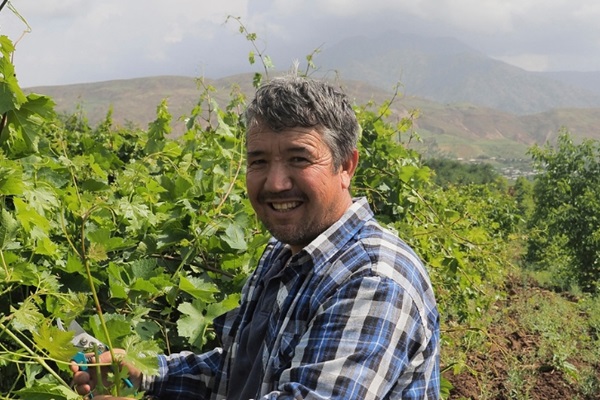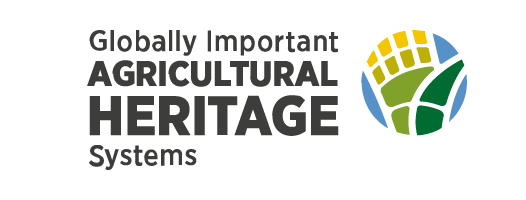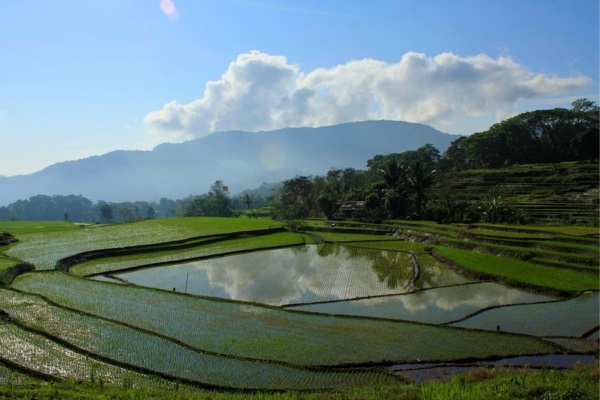Almosi Valley: an integrated agropastoral system adapted to mountain conditions
GIAHS since 2025
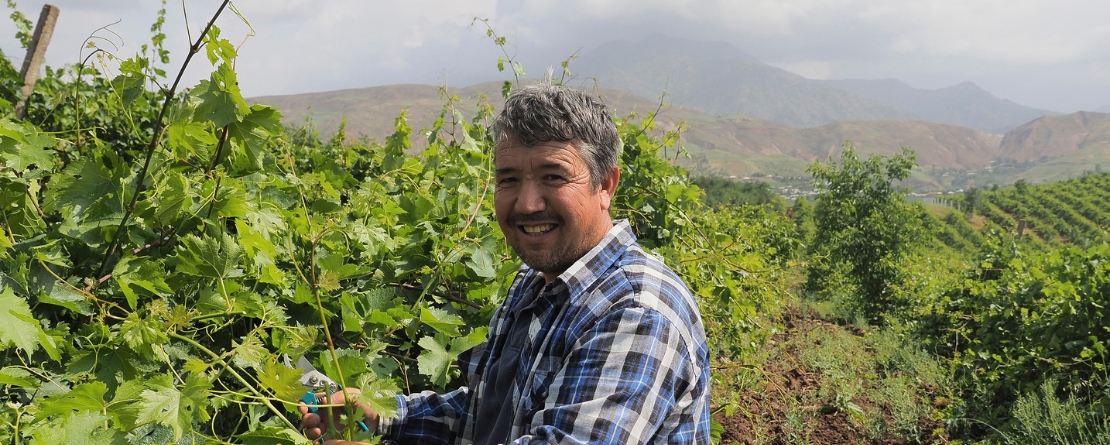
©FAO/Nozim Kalandarov
This integrated agropastoral system in Tajikistan’s Almosi Valley combines seasonal transhumance of sheep with the cultivation of grapes, cereals, orchards, and vegetables across harsh mountain landscapes. Shaped over centuries, it supports food and livelihood security, conserves agrobiodiversity, and preserves cultural heritage. Rooted in ancestral knowledge, it sustains resilient communities facing soil erosion, water scarcity, and climate variability.
Global Importance
The Almosi Valley agropastoral system is globally important as a living example of sustainable agriculture in harsh mountain ecosystems. Its unique combination of transhumant pastoralism, dryland viticulture, and lush family gardens reflects centuries of adaptation to steep terrain, water scarcity, and climate variability. The system maintains genetic resources of global relevance, such as The Pink Toifi grape and the local Hisori sheep. It contributes to agrobiodiversity conservation, climate adaptation strategies, and food security. The site demonstrates how traditional knowledge and landscape management can offer solutions to environmental and socioeconomic challenges in mountain regions around the world.
Food and Livelihood Security
The integrated agropastoral system ensures food and livelihood security for nearly 59,000 people through diversified, year-round production. Grapes, cereals, fruits, vegetables, and livestock products provide both household nutrition and economic opportunities. Local communities process and market value-added goods such as dried fruits, grape syrup, juice, wool, and meat, creating robust income streams and reducing vulnerability to market shocks. The seasonal use of pastures ensures efficient resource use while reducing pressure on the land, contributing to long-term resilience and self-sufficiency in a region with limited arable land and climatic constraints. These semi-wild areas also provide communities with medicinal plants, mushrooms, and non-timber products.
Agrobiodiversity
Almosi Valley sustains an exceptional level of agrobiodiversity, shaped by variations in altitude, microclimates, and traditional land-use patterns. The system preserves local landraces of wheat, barley, and grapes, as well as an exceptional range of fruit trees native to the region, considered within the center of domestication of cherries, apricots, and apples. Pastoral practices support the iconic livestock breed of the local Hisori sheep, adapted to steep pastures and long seasonal migrations. The coexistence of wild flora and cultivated species within managed landscapes creates ecological corridors and habitat diversity. This richness in genetic resources underpins food security, ecosystem stability, and the community’s ability to adapt to future environmental change.
Local and Traditional Knowledge Systems
The system’s functionality is rooted in ancestral knowledge passed down through generations. Farmers apply techniques such as contour plantings to control erosion, organic fertilization to maintain soil health, and yakhobmoni irrigation to optimize scarce water resources. The Persian Muchal calendar guides planting, harvesting, and herding activities based on environmental cues. Grafting techniques, pruning, seed selection, and storage practices reflect deep agronomic wisdom. This cumulative knowledge is preserved and transmitted through oral traditions, intergenerational learning, and community-based management structures, contributing to the continuity and adaptability of the system.
Cultures, Value Systems, and Social Organizations
The agropastoral system is deeply embedded in the cultural identity of the valley communities. Agricultural and pastoral activities are intertwined with seasonal festivals, rituals, music, and culinary traditions, reinforcing the spiritual and symbolic value of the land. Mahalla committees, Dehkan farms, and cooperatives organize labor, manage resources, and uphold social cohesion. These institutions facilitate knowledge sharing, conflict resolution, and joint decision-making. The cultural fabric of the valley supports not only resilience and collective memory, but also equity, gender participation, and local governance.
Landscapes and Waterscapes Features
The Almosi Valley features a striking mountain landscape shaped by centuries of agropastoral activity. Terraced vineyards, dryland fields, orchards, water channels, and transhumance routes reflect a highly functional mosaic of cultivated and natural areas. Traditional infrastructure—such as dry-stone walls, irrigation canals, and footpaths—ensures soil and water management and enables access to scattered resources across elevations. Seasonal movements of livestock and the alternating use of pastures allow the regeneration of vegetation and balance land use. The landscape exemplifies a multifunctional system where human activity enhances rather than depletes ecosystem services.
Challenges
The agropastoral system in the Almosi Valley faces increasing challenges linked to land degradation, limited access to water, and changing climatic conditions. Soil erosion, reduced pasture quality, and irregular rainfall patterns affect both crop yields and livestock productivity. Economic constraints and a lack of infrastructure make it difficult for families to access markets, services, and technologies. In addition, the transmission of traditional knowledge is weakening, as younger generations pursue livelihoods outside the agricultural sector. These pressures risk undermining the sustainability of a system that has long balanced human activity with fragile mountain ecosystems.
Proposal
Coming soon!
Multimedia
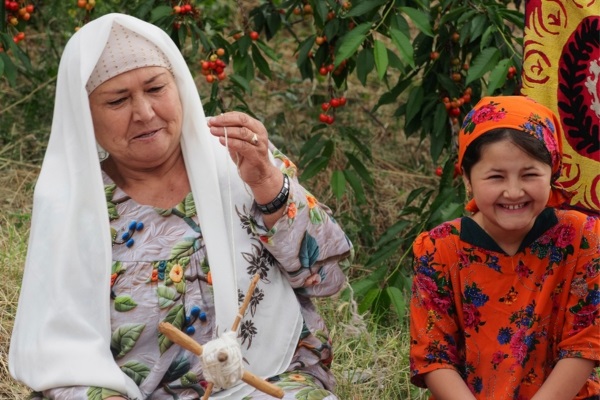
Photos
Flickr Album: Almosi Valley: an integrated agropastoral system adapted to mountain conditions, Tajikistan
07/07/2025
The Almosi Valley agropastoral system is globally important as a living example of sustainable agriculture in harsh mountain ecosystems. Its unique...
Video
Discover Almosi Valley in Tajikistan
08/07/2025
This integrated agropastoral system in Tajikistan’s Almosi Valley combines seasonal transhumance of sheep with the cultivation of grapes, cereals, orchards,...
Highlights
